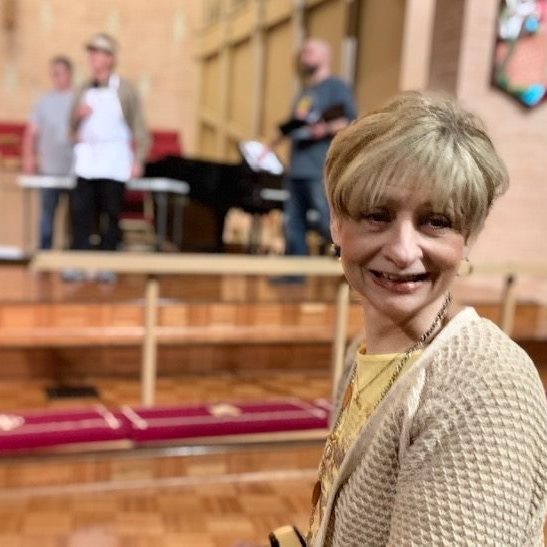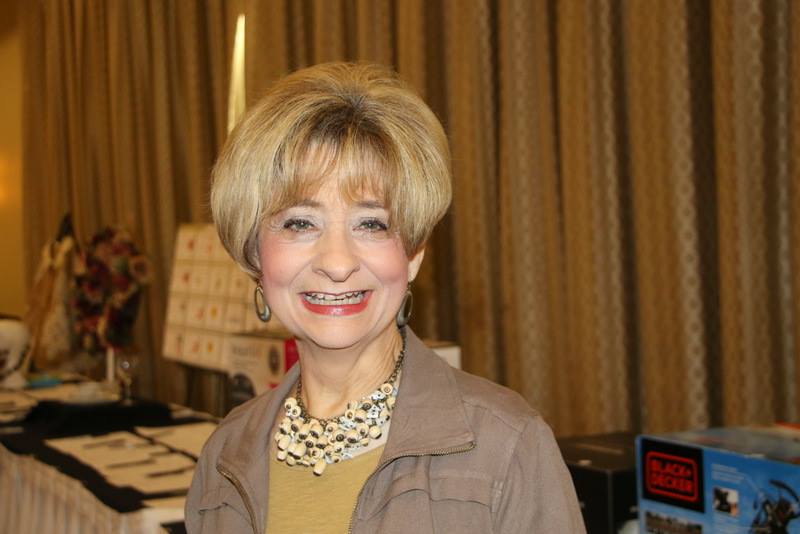Meet Kay Wheeler Moore: community volunteer and historian

We had the good fortune of connecting with Kay Wheeler Moore and we’ve shared our conversation below.
Hi Kay Wheeler, what matters most to you?
In an era in which many monuments or insignias are being torn down because of heightened cultural sensitivities, the nonprofit of which I’m a part is involved in doing just the opposite—adding markers and observances to our community that bring acclaim to under-recognized people and groups. Our nonprofit, Friends of Garland’s Historic Magic 11th Street, has held focus groups with members of two of Garland’s non-Anglo population to find out who they believe among them has not had the full recognition that is deserved. Our purpose is not only historic preservation for 11th Street (a thoroughfare that runs through one Garland’s older neighborhoods). Our purpose is also to recognize historic sites, individuals, groups, and movements that have helped shape Garland into the ethnically diverse city that it is today. To me and to our nonprofit taking strides such as this makes the statement that preserving our past should be for ALL people, not just for Anglos. About 93 percent of all the historic sites in the U.S. pertain to Anglos, with only 7 percent dedicated to minorities (that includes all ethnic groups as well as women.) There is a movement to change this, and our nonprofit wanted to help lead that movement.



Can you open up a bit about your work and career? We’re big fans and we’d love for our community to learn more about your work.
My work history has involved the printed word in some form—newspaper journalist, book publisher, columnist, blogger, Facebook-page maintainer, and book author. Among my own books published are three cookbooks: “Way Back in the Country”, “Way Back in the Country Garden”, and “Way Back in the Gardenia Rows”. These three were designed not only to preserve family recipes from generations of our East Texas family but also the stories behind them—with featurettes on the kinfolk that popularized them. Food preparation is vastly interwoven with our culture, and the stories shared said much about what that region stood for at that time. Thus, as I heard people at our luncheons talk about the dishes that represented their “heart foods”, I realized that the history of Garland’s Latino cuture needed to be told through its recipes. This is why our nonprofit undertook to capture as many recipes from leading as well as rank-and-file Latino citizens here, so that by doing so, the history of Latino groups in Garland (which began in 1928 with the first Hispanic family) would be preserved along its its foods. My training also led me to compile a tribute to Annie Dickson, the first female African American to be a city councilperson in Garland and the first-ever African American to run for mayor here. This again represented an area where a person of color that had made a major contribution to Garland’s history had been under-recognized, we believed. Our organization wanted to make this right. We wrote a grant application that was successful and that is making this happen, with a lovely bronze marker featuring the raised likeness of Annie Dickson soon to be installed in a historic area in Garland.
Any places to eat or things to do that you can share with our readers? If they have a friend visiting town, what are some spots they could take them to?
I would make sure that the person visited Garland during the weekend of November 14-15, 2020, when the unique musical drama, “Becoming Garland Avenue–2020 Revival” (VoyageDallas wrote about this in 2019) is set to be performed at Garland’s Plaza Theatre. It is an original script and nine original songs in a performance that focuses on Garland’s early days and some of its leaders. As author of this play and music I made especially certain that a segment of Garland’s minority community—Blacks of that day that were residents of The Flats, a segregated area near downtown—were characters in the play and that a portion of the script focused on their dilemma. A Latino individual who played a character in the drama was able to relate about the rise of Garland’s Latino community as well. Viewing a play of this nature would help the visiting guest learn much about Garland’s rich and diverse cultures as well as their history in Garland. I would take the guest to Dos Banderas restaurant in downtown Garland; purveyors of fine Tex-Mex travel from all over to dine there; the owner, Carlos Porras (who happens to hail from Peru), exemplifies one of the bright minds among Latinos who’s involved in the community and is a difference-maker for his people. I would introduce the person to School Superintendent Dr. Rick Lopez, who has made amazing strides for all ethnicities, his fellow Hispanics among them; to one of his deputies, Dr. Jovan Wells, who is the chief academic officer for the Garland Independent School District; and AnaMaria DeYoung, who has risen from poverty in one of the most deprived areas of Mexico to become an activist for her people because she understands the need. I would introduce the person to two outstanding newly elected officials who happen to be Black—Dallas County Constable Bill Gipson and State Rep. Rhetta Andrews Bowers. Bill brings a needed perspective to law enforcement in this era and Rep. Bowers is a highly respected official who truly listens to the community and who is an amazing role-model.




Shoutout is all about shouting out others who you feel deserve additional recognition and exposure. Who would you like to shoutout?
My husband, Louis Moore, who also is president of our nonprofit, Friends of Garland’s Historic Magic 11th Street, gets credit for his sensitive, visionary thinking in the area of race relations and wanting to make sure all people are treated equitably. Louis twice was named a “Diversity Scholar” in the National Trust for Historic Preservation’s special diversity program. A citizen and elder of the Chickasaw Nation, Louis is keenly aware of the issues facing all minority groups in this country. When we were fellow journalists more than five decades ago on our college newspaper, the Baylor (University) Lariat, Louis was ahead of his time in grasping the American Civil Rights Movement; as a college newspaper editor he crusaded for anti discriminatory practices on the university level. As a career journalist he has won many awards for stories and columns he’s written, but he’s never been more proud of a story than one about the first Black faculty member, a female professor, that Baylor hired in 1968 after Baylor declined to admit her as a student some years before. This emphasis continued when he was an award-winning writer for the Houston Chronicle. After a Pulitzer-nominated series on discrimination against Soviet Jews, he was awarded, among other citations, special commendation from the Texas B’nai B’rith organization. Race relations was part of his assignment when he worked for an ethics agency of a major religious denomination. When he ran for mayor of our town several years ago, helping make Garland a community for ALL people was a key plank in his campaign. It was his idea for the two of us to invite leaders of Garland’s African American and Latino community to our home for separate luncheons to hear their hearts about sites, individuals, or causes in our town that are important to them but that been neglected, destroyed, or minimized. We purposed, and our nonprofit supported us in this, to do what we can to bring proper recognition to areas they identified.
Instagram: magic_11th_street
Linkedin: Kay Moore
Twitter: @SavingMagic11th
Facebook: Saving Magic 11th Street, Becoming Garland Avenue musical drama
Youtube: “Saving Magic 11th Street” documentary
Image Credits
Delores Elder-Jones, photo of Kay at NAACP brunch
Nominate someone: ShoutoutDFW is built on recommendations and shoutouts from the community; it’s how we uncover hidden gems, so if you or someone you know deserves recognition please let us know here.
